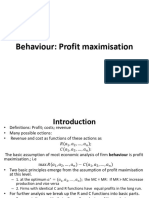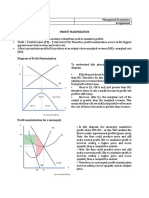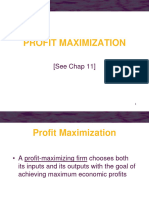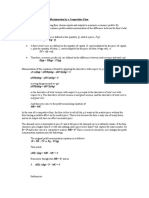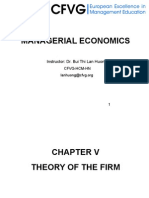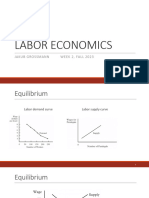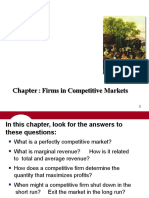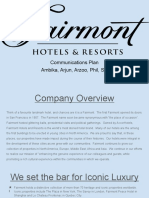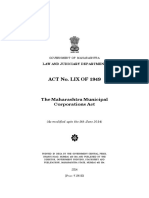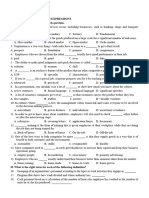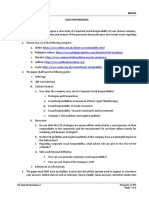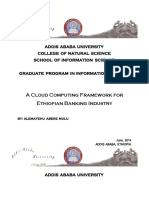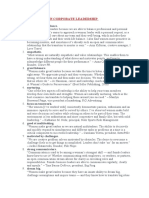0% found this document useful (0 votes)
16 views46 pagesWeek 13 - Profit Maximization
The document discusses profit maximization in firms, explaining that a profit-maximizing firm aims to maximize the difference between total revenue and total economic costs. It outlines the necessary conditions for choosing output levels, emphasizing that marginal revenue must equal marginal cost for profit maximization. Additionally, it covers the impact of input prices on labor and capital demand, highlighting substitution and output effects in response to changes in wages.
Uploaded by
kot1988Copyright
© © All Rights Reserved
We take content rights seriously. If you suspect this is your content, claim it here.
Available Formats
Download as PPT, PDF, TXT or read online on Scribd
0% found this document useful (0 votes)
16 views46 pagesWeek 13 - Profit Maximization
The document discusses profit maximization in firms, explaining that a profit-maximizing firm aims to maximize the difference between total revenue and total economic costs. It outlines the necessary conditions for choosing output levels, emphasizing that marginal revenue must equal marginal cost for profit maximization. Additionally, it covers the impact of input prices on labor and capital demand, highlighting substitution and output effects in response to changes in wages.
Uploaded by
kot1988Copyright
© © All Rights Reserved
We take content rights seriously. If you suspect this is your content, claim it here.
Available Formats
Download as PPT, PDF, TXT or read online on Scribd
/ 46




